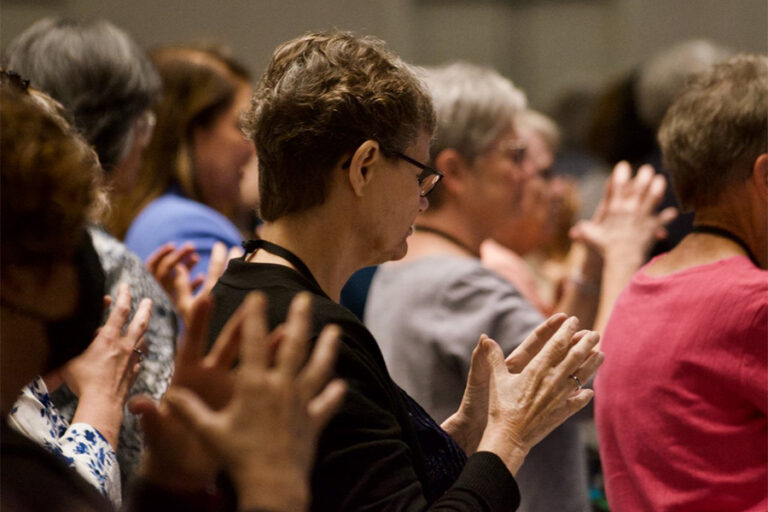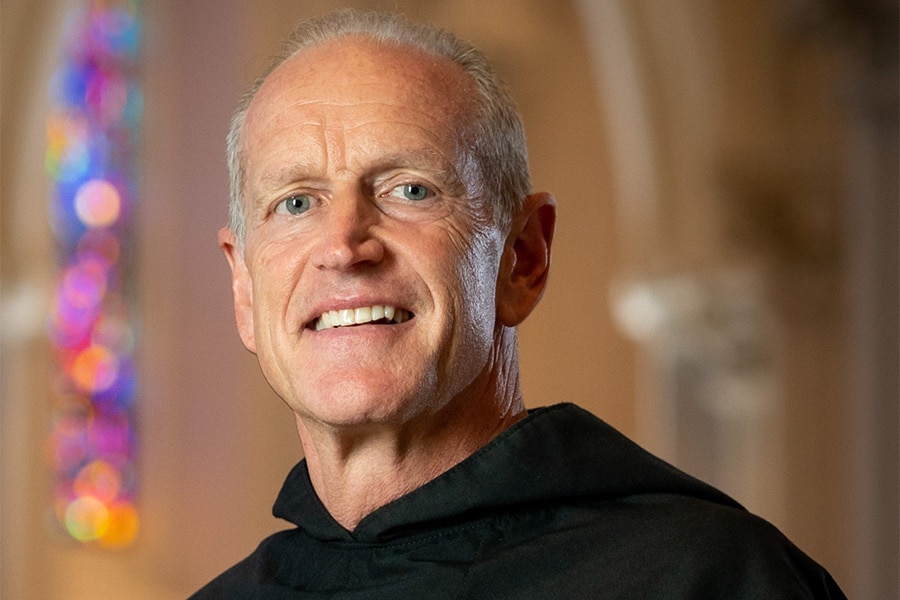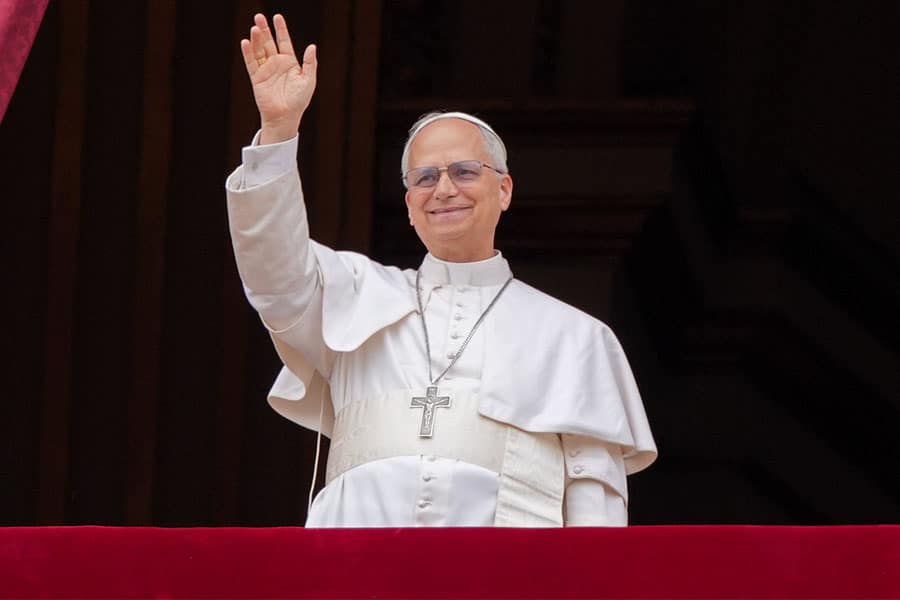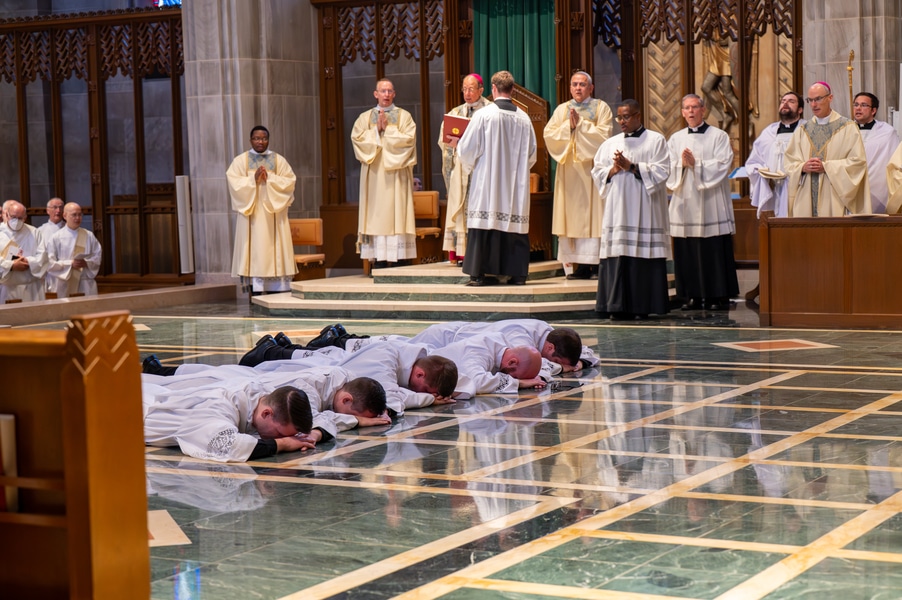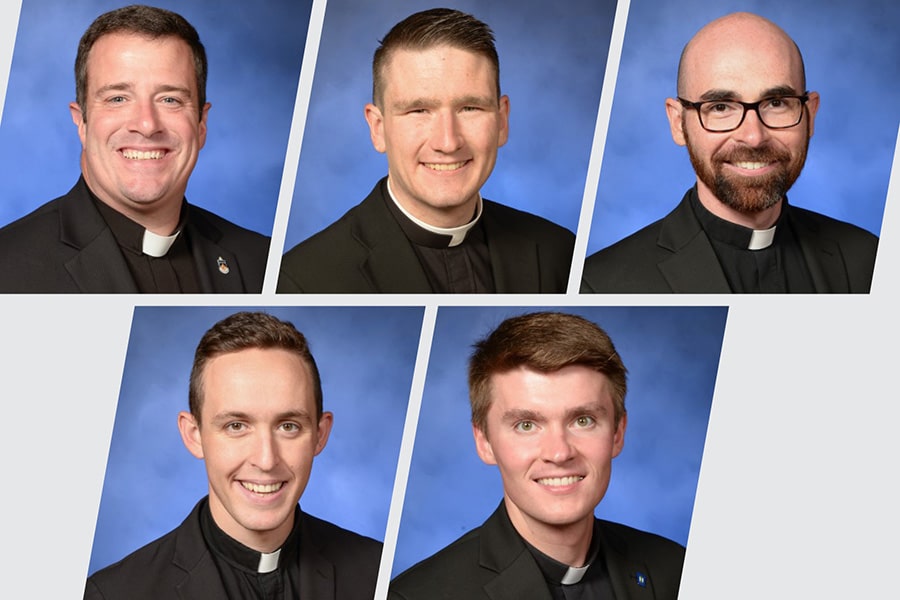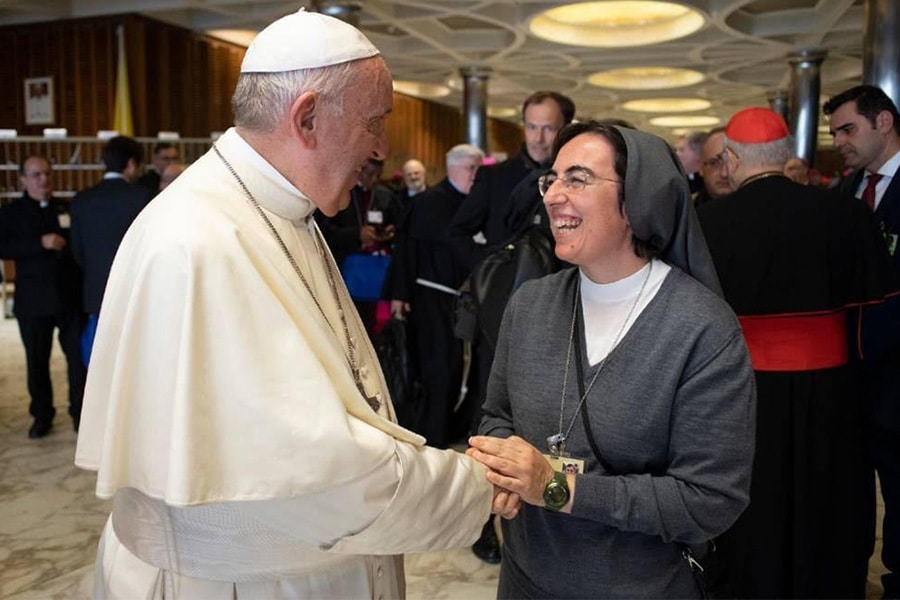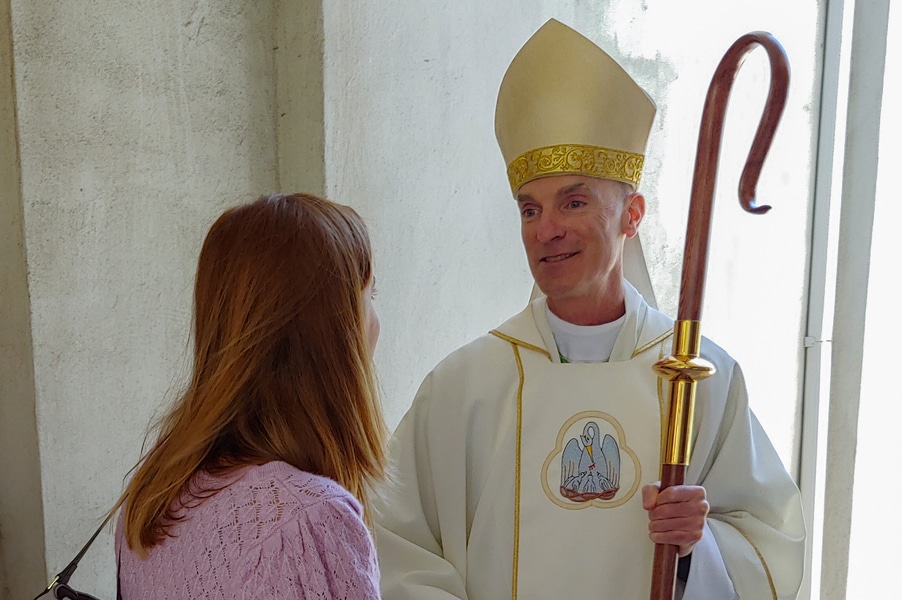ORLANDO, Fla. (OSV News) — Though the historical era of armies of women religious functioning as a workforce for the Catholic Church is over, the sister at the forefront of efforts to guide congregations through their transformations says it is also a time of new beginnings.
Sister Anne Munley, the associate director for the Emerging Future Initiative of the Leadership Conference of Women Religious and a member of the Sisters, Servants of the Immaculate Heart of Mary of Scranton, Pa., said most sisters in the United States are well aware they are living the first part of the Paschal Mystery. But having met with congregations across the nation, she has also seen evidence of the second part: Resurrection.
“In a world steeped in division and starved for meaning and right relationship, we are growing in awareness of our call to be a transformative presence of God’s unconditional and all-inclusive love,” Sister Anne told the nearly 800 sisters gathered for LCWR’s annual assembly in Orlando. “We are growing in awareness of shoots of new life springing forth as we draw closer toward communion with one another in God.”
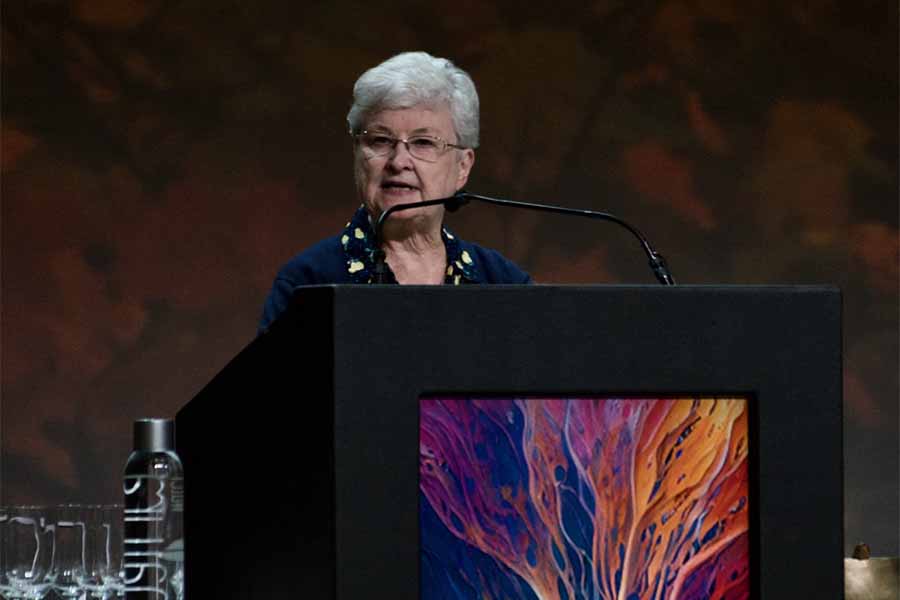
After nearly four years of meetings, interviews, workshops, small groups and leadership hubs as part of the Emerging Future Initiative, her address Aug. 15 was meant to be an update for members on the trends she is seeing. (LCWR represents about two-thirds of the nearly 36,000 U.S. sisters.)
Citing statistics from the Center for Applied Research in the Apostolate at Georgetown University, Global Sisters Report said the number of Catholic sisters in the United States peaked at 181,421 in 1965, and the rate of decline is expected to slow and the numbers to stabilize.
There are four trends that Sister Anne said “have emerged clearly” from the process:
— A shift in identity and perception of charism;
— A shift in understanding of mission;
— A shift toward reimagining leadership;
— A shift toward greater interdependence.
Sister Anne said congregations are learning that charism is not what differentiates congregations from each other, but what unites them.
“We are not our institutions or our ways of organizing or governing ourselves. At the core of our identity as religious is a collective call to be a presence of love in a suffering and divided world. The structures that we will need are those that support this end,” she said. “There is a growing sense of a broader charism of religious life that is prompting us to focus on the essence of religious life and what we can be and do together as we journey in a common quest for God.”
There is also a growing understanding that “mission” and “ministry” are not interchangeable terms, and that religious life is much less about doing — ministry — and much more about being — mission.
“For many, ministry provided a profound sense of identity and meaning, so much so that transitioning to retirement often triggers loss of purpose and wonderings such as ‘Who am I now?’ and ‘How can I contribute?'” Sister Anne said. “Mission flows from baptism, and while a given religious may no longer be in active ministry, she is always engaged in the deeper call of mission.”
Many congregations are seeing leadership as less of an administrative function and more of a spiritual function, she said.
“I saw a resurgence of desire to simplify the administrative aspects of institute leadership so that there could be greater attention to the spiritual dimensions of leadership,” Sister Anne said. “At its essence, leadership is a journey of the heart. Spiritual leaders … are attuned to the movement of the Spirit in the life of the group and in the signs of the times, and courageously call the group to this awareness.”
She said religious life is being de-Westernized, and there is a greater awareness that different ways of praying, leading, living mission and being in solidarity are gifts to congregations, the church and the world.
“Leadership teams repeatedly cited the importance of diversity and interculturality for religious life and mission,” Sister Anne said. “As religious communities we have much to learn and share with one another as we live into shifting intercultural and intergenerational realities within and beyond our institutes.”
Sister Anne said younger sisters’ attitudes often inspire leaders to better understand what religious life really is and needs to be.
“Newer members are not afraid of the future,” she said. “In this time of change and transition, they are helping us to see that our identity is not to be found in institutionalized expressions of what we do, but in the quality of the presence that we bring to one another and to the world.”
Earlier in the day, attendees expected to hear a keynote address by Mexico City Benedictine Sister Maricarmen Bracamontes. But because she woke up with no voice, fellow Benedictine Sister Patricia Henry read Sister Maricarmen’s address, written in Spanish, to the audience equipped with headsets to hear a live translation.
Sister Maricarmen is trained in both medicine and theology and worked in the area of sexuality, affection and celibacy. She is on the team of theological advisers to the presidency of the Confederation of Latin American Religious and writes articles for various theological reflection journals.
Her address focused on radical inclusion and Christian hospitality and how they are integral to our relationship with God and each other.
Radical inclusion “leads us to fullness as we grow in our existential awareness of being made in the image and likeness of a triune divinity, radically inclusive, radically one,” the written translation reads. “Therefore, I consider that Christian hospitality is an expression of the intimate relationship between the mystical and the prophetic.”
Sister Maricarmen wrote that the Trinity is God’s invitation to us to experience radical inclusion and unity.
“The Trinitarian community has a unique quality that can be symbolized in a divine dance that maintains the identity of each of the persons as they interrelate. This indwelling is expressed in the total, mutual reciprocity of all three,” she wrote. “We exist in ourselves, and our lives have meaning to the degree that we transcend ourselves, giving and receiving ‘being’ from others.”
Read More Vocations
Copyright © 2024 OSV News

